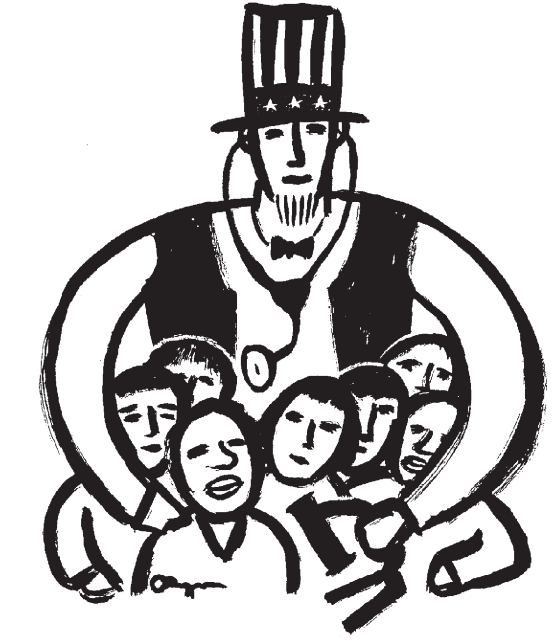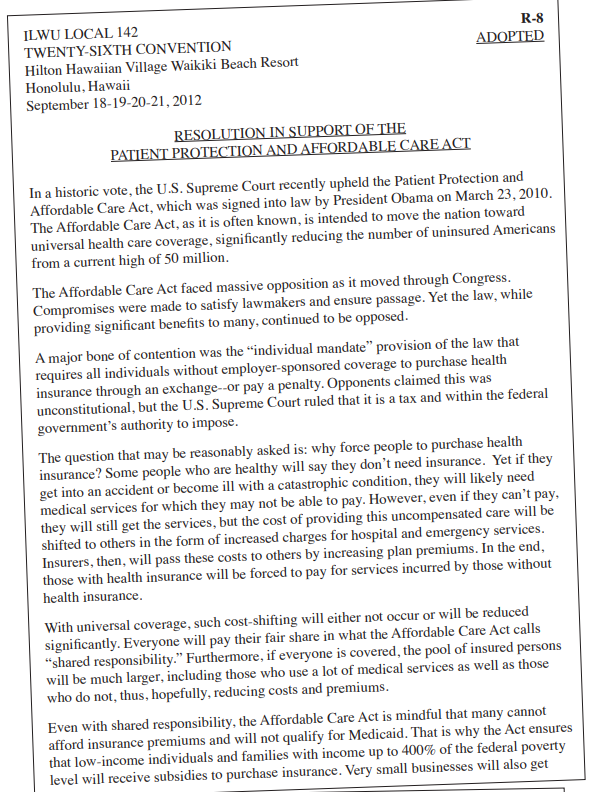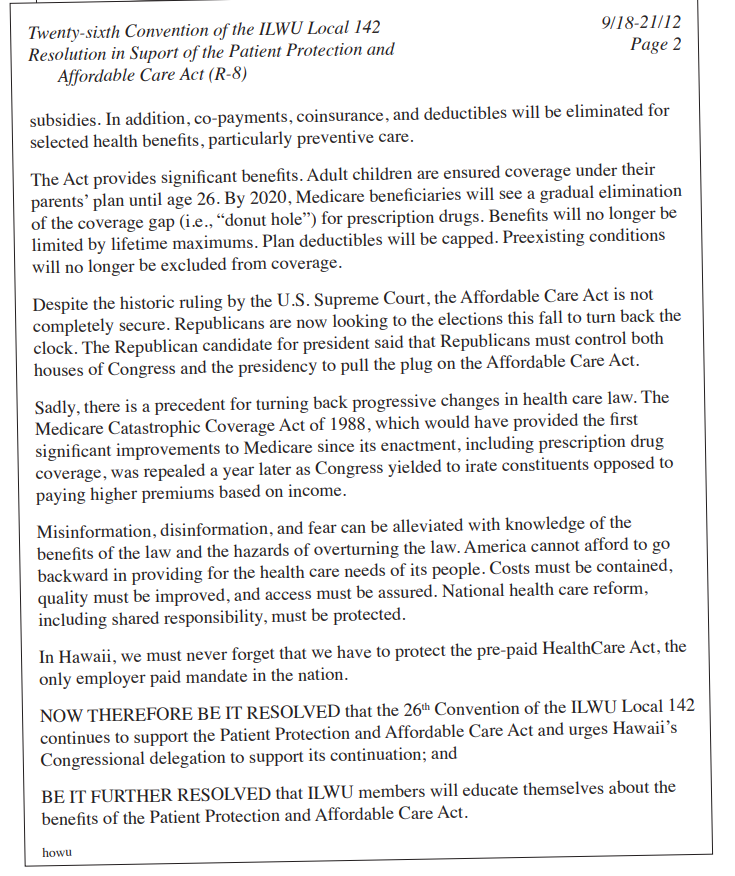What is the Hawaii Health Connector?
The Hawaii Health Connector is an exchange established by the State to serve as a “marketplace” for individuals and families, and even small businesses with fewer than 50 employees, to connect with health insurance. These exchanges are being set up for each state as a result of the Patient Protection and Affordable Care Act (also known as the Affordable Care Act and “Obamacare”), which was passed in 2010 to address the growing crisis of uninsured in this country.
The law was passed after much debate and is not perfect, but it is intended to ensure that all Americans have health insurance.
Why is this important?
When someone without insurance ends up in an emergency room, the hospital cannot turn him away. They have to provide care, sometimes at great cost. Who pays for this care? If the patient qualifies for Medicaid (known as Med-QUEST in Hawaii), the government, both federal and state, pays the bill. That means taxpayers pay. If the person does not qualify for government-sponsored care, the cost is absorbed by the hospital, which generally passes the cost on to private payers like us in the form of higher charges. Another way that taxpayers pay.
Through the Hawaii Health Connector, individuals who have no health insurance will be able to find more affordable coverage through an online portal that will help them compare plans and prices. The enrollment period began on October 1, 2013 and ends on March 31, 2014 for coverage that can begin as early as January 1, 2014.

What does Universal Coverage mean?
Universal coverage means that everyone must have health insurance— or pay a penalty. This individual mandate is one of the most unpopular features of the Affordable Care Act, but the law also provides some help for lower-income individuals and families. For example, states may enhance Medicaid eligibility, allowing more people with incomes above the poverty level to qualify for Medicaid. Subsidies in the form of tax credits and cost-share reductions to assist individuals and families who must pay for health plans will also be available.
In Hawaii, provisions of the state’s Prepaid Health Care Act remain intact. For employees with no union contract who work at least 20 hours a week for four consecutive weeks, their employers are required to provide a medical plan to the employee only, according to the Prepaid Health Care Act. However, many employers try to circumvent the law by scheduling employees fewer than 20 hours each week or adjusting their schedules week-to-week. The Prepaid Health Care Act does not apply to employees covered by a collective bargaining agreement
Who should sign up for a health plan through the Connector?
If you have a medical plan through your employer, you don’t need to worry about the Connector. Your employer will continue to provide you with a medical plan. The employer should also have provided you with a letter explaining the Connector.
But if you or anyone you know does not have medical coverage through an employer, a spouse’s plan, Medicaid or Medicare, they should consider applying for a health plan through the Hawaii Health Connector at: www. hawaiihealthconnector.com
Through the Connector, uninsured individuals and families can compare plans (price and benefits) at four “metal levels” (Platinum, Gold, Silver, Bronze) that provide these ten essential health benefits: 1) ambulatory patient services (outpatient care); 2) emergency services; 3) hospitalization; 4) maternity and newborn care (before and after birth); 5) mental health and substance use disorder services (including counseling and psychotherapy); 6) prescription drugs; 7) rehabilitative and habilitative services and devices; 8) laboratory services; 9) preventive and wellness services and chronic disease management; and 10) pediatric services (including oral and vision care).
Through the Connector, the uninsured will be eligible, based on income, for tax credits and subsidies that may lower the cost of premiums and even co-payments. These tax credits and subsidies are only available through the Connector.
Through the Connector, the uninsured can see if they are eligible for Med-QUEST. Due to the Medicaid expansion component of the Affordable Care Act, income levels for eligibility (as percentages of the federal poverty level or FPL) are higher than before. Now eligible for Med-QUEST are children whose families at 308% of FPL, pregnant women at 196% of FPL, aged, blind and disabled adults at 138% of FPL, and all other adults at 105% of FPL. Even better, there is no longer an asset test, which means that assets such as savings will not be considered in determining eligibility.
What happens if someone does not get a health plan?
The law requires everyone to have health insurance or pay a fee. In 2014, the fee is 1% of the individual’s annual income or $95 per person, whichever is higher. The fee will increase every year (2.5% of income or $695 per person in 2016) and will be assessed against the individual’s tax liability. So individuals will not feel the penalty until 2015 when they file their federal tax return for 2014.
But it makes sense to avoid the penalty by enrolling in a health plan that offers subsidies and tax credits. No one knows when anyone will need health care services. Young adults who believe they are “invincible” may consider forgoing health insurance, but if something catastrophic occurs (e.g., a major illness or an accident), they will not want to pay the huge out-of-pocket costs associated with caring for those catastrophes.

What is the ILWU’s position on the patient Protection and Affordable Care Act?


